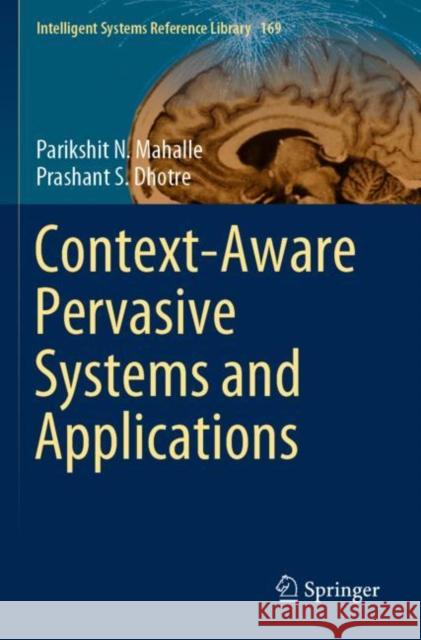Context-Aware Pervasive Systems and Applications » książka
topmenu
Context-Aware Pervasive Systems and Applications
ISBN-13: 9789813299542 / Angielski / Miękka / 2020 / 155 str.
Context-Aware Pervasive Systems and Applications
ISBN-13: 9789813299542 / Angielski / Miękka / 2020 / 155 str.
cena 241,50
(netto: 230,00 VAT: 5%)
Najniższa cena z 30 dni: 231,29
(netto: 230,00 VAT: 5%)
Najniższa cena z 30 dni: 231,29
Termin realizacji zamówienia:
ok. 22 dni roboczych
Dostawa w 2026 r.
ok. 22 dni roboczych
Dostawa w 2026 r.
Darmowa dostawa!
This textbook explores the current challenges in and future prospects of context-aware pervasive systems and applications. The phenomenal advances in broadband technology and ubiquitous access to the Internet have transformed Internet computing into the Internet of Things (IoT), which is now evolving toward the Internet of Everything. Modern scientific, engineering, and business applications are increasingly dependent on machine-to-machine communication, wherein there is less human intervention. In turn, this creates a need for context-aware pervasive systems and applications in which RFID, sensors, and smartphones play a key role. The book provides an essential overview of context, context management, and how to perform context management in various use cases. In addition, it addresses context-aware computing and personalization, various architectures for context-aware systems, and security issues. The content is explained using straightforward language and easy-to-follow examples, case studies, technical descriptions, procedures, algorithms, and protocols for context-aware systems.











